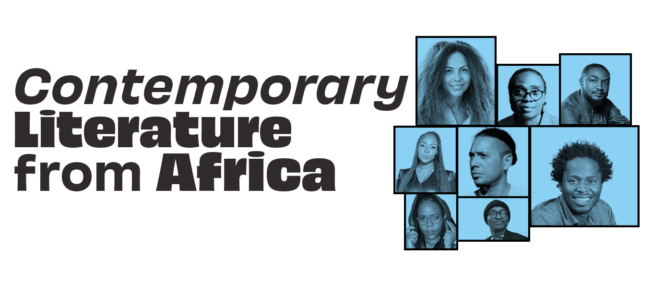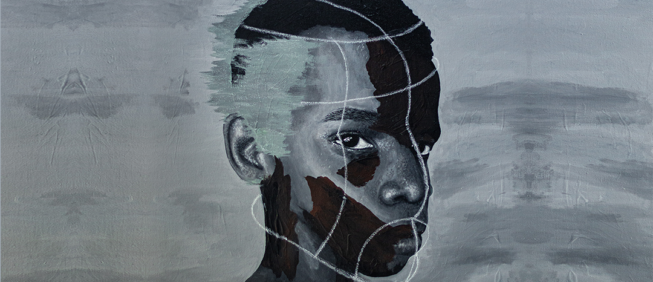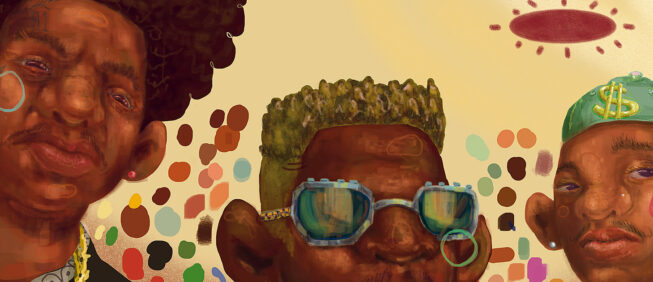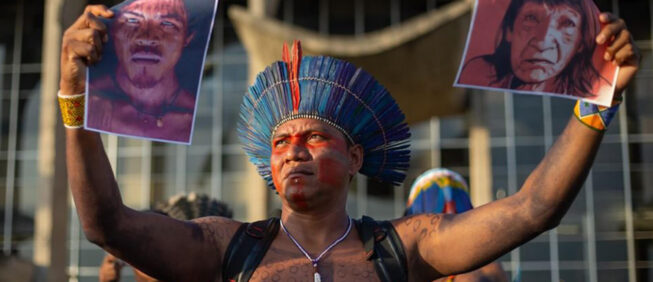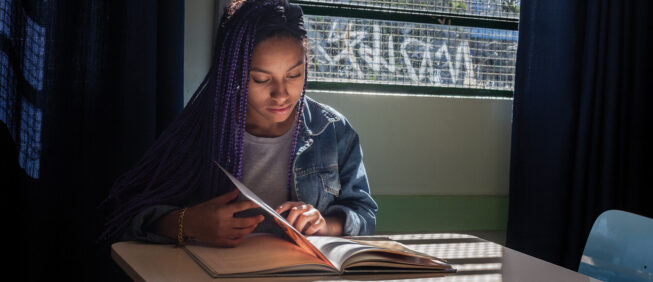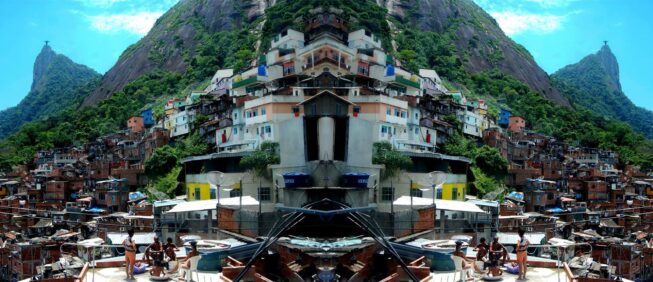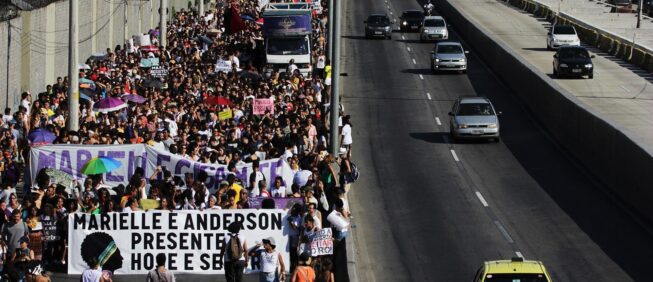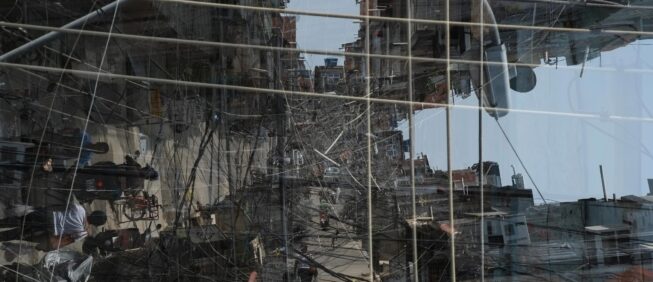The visual is political
Making visible challenges of care, violence and healthcare faced by displaced Venezuelan women and girls through participatory research
Pia Riggirozzi, Natalia Cintra, Tallulah Lines and Bruna Curcio
| Brazil |
October, 2023
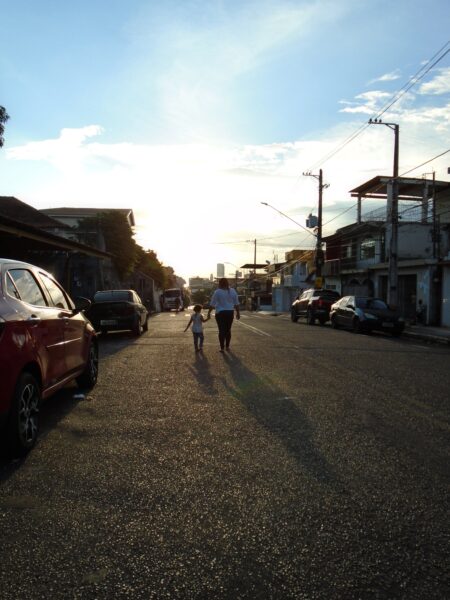
Images such as photos, films, cartoons or other different forms, are powerful resources to portray political situations as diverse as war, humanitarian disasters, protest movements, financial crises, election campaigns (Bennett and Segerberg 2012) as well as vehicles for individual and collective ideas, expressions, and opinions. For Rose (2012) visual methodologies help exploring the experience of ‘marginalized or disempowered people and places: children, ruins, the homeless’ while exposing how personal and collective experiences make (international) politics. Making visible what and who otherwise would remain neglected exposes everyday injustices and inequalities faced by many, as well as the barriers and power relations that affect who speaks, who is being heard, and who (has the power) to speak (for) (see Harman 2019).
This is particularly relevant in situations of crisis. It has been well documented how, when crises strike, gender inequalities are exacerbated and hence women and girls’ wellbeing, opportunities, and resilience, are hindered (Grugel et al. 2022). Similarly, lack of available data that explains the scale of challenges that, for example, women and girls experience during crises, or the contributions that they make to help weather the most adverse situations can also create a bias in terms of what is defined as risk, urgent, needed and solutions.
Unfortunately, for many key global situations, data on gender inequality is missing or incomplete, resulting in failure to recognise how crises uniquely and disproportionately impact women and girls and how to devise policies that respond to those situations in ways that support and strengthen their own resilience to withstand future crises (Grantham and Eissler 2022).
We build from these claims to concentrate on the distinctive gender character of the Venezuelan migration crisis from a gender and personal perspective, conceptualising and making visible stories and struggles of human rights of forcibly displaced women and girls who were forced to leave their place of residence due the consequences of political and humanitarian crises and seeking to restore their lives with rights and dignity. In particular, we contribute to filling knowledge gaps on the sexual and reproductive health needs and risks of women in displacement by co-producing primary data with Venezuelan women in Brazil in 2021 concerning their gendered realities of forced displacement.
The research was carried out as part of the Economic and Social Research Council funded project Redressing Gendered Health Inequalities of Displaced Women and Girls in Contexts of Protracted Displacement in Central and South America (ReGHID). We embarked in this project with the goal of listening to the women and girls to widen academic and policy debate to redress the challenges experienced and exposed by forcibly displaced women and girls. Using the methodology of photovoice, and working directly with Venezuelan migrant women currently in Brazil we produced the book "Moving Forward: Health, care and violence seen through the eyes of displaced Venezuelan women in Brazil". The subsequent sections present an analysis based on the book that gathers the photographs and testimonies of the participants. The book provides us with important new insights into the complex and intersecting challenges faced by displaced women and girls. They demonstrate that the personal is political and that the individual is collective (and international), and that policy makers must listen to the voices of those most invisibilised.
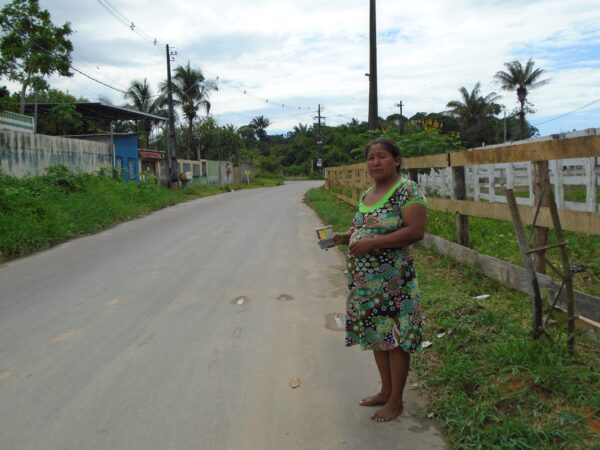
The context
By May 2023, more than 7 million displaced Venezuelans were living elsewhere in Latin America, with the fifth highest number crossing to Brazil (R4V, 2022). Many migrants fled Venezuela due to poverty, hunger, poor health and health systems and socio, economic and political conditions that reproduce a multifaceted crisis in Venezuela. Migratory flows from Venezuela have changed in recent years, with more and more women and girls leaving the country than ever before (CARE International, 2020).
A myriad of complex, intersecting, personal and political reasons drive the difficult decision (or indeed, the necessity) to migrate, and the risks faced throughout the process of travelling and settling are manifold. What is becoming evermore clear is that situations of displacement are not gender-neutral. For many women and girls the conditions surrounding their displacement increase vulnerabilities and expose migrants to greater risks and poorer health outcomes, during and because of displacement and because of failures of protection in places of abode. While on the move, women and girls are at heightened risk of rape, trafficking and sexual assault, as well as other forms abuse and discrimination exacerbated by their gender1Valdez 2015; Barot 2017; Menjívar and Walsh 2017.
When arriving at places of abode, displaced women and girls, particularly the undocumented ones, are driven further into invisibility and social, economic and political marginalisation. As a consequence, Displaced women on the margins of society are less likely to reach appropriate support, protection, on time information, and resources and opportunities to rebuild their lives within society. Despite governments and organisations’ efforts to alleviate the conditions of these refugees and those who embark on dangerous journeys, the situation continues to be critical, not least because those mainly affected – Venezuelan displaced women and girls – have few, if at all, opportunities and spaces to voice their experiences and priorities.
Visual methods as empowering undertaking
Marginalised communities are frequently silenced in social and political spheres. This is particularly compounded in the case of women, who can be further invisible due to social, cultural, and structural patriarchal understandings of the spaces women ‘belong or are assigned to’, i.e., in the private and familial spheres. This is particularly the case of many forcibly displaced women from Venezuela. Our approach was thus to apply a visual methodology, photovoice, that enhanced their agency and raised their voices in order to redress such gendered inequalities.
As Vanyoro et al (2019) argue, the persistent ‘racialised dehumanisation of (some types of) migrants’ by authorities and in the media is a deliberate tactic which limits empathy and indeed encourages hostility towards people on the move, and decolonising data in migration research can help counter this deeply damaging practice. As such, we adopt a framework wherein “researchers… support community-driven initiatives and work in partnership with Indigenous peoples, communities, and/or organizations [as well as other marginalised groups] in such a way as to avoid misinterpretations and misrepresentation” (Quinless 2022). Therefore, many of the Venezuelan women and adolescent migrants who were part and parcel of this book, the photographers, were from the indigenous Warao community. Most of them, marginalised in the ‘host’ societies due to a large extent to discrimination, xenophobia and cultural insensitivities — even in existing protection systems.
By bringing in migrant Warao women to the photovoice project, their narratives are presented first hand, through photos and testimonies, and it is the women themselves who determine what and how audiences should see and learn from them. Their voice and images are portrayed by them with the objective to change ways of seeing in society and in politics. Beyond being participants, displaced women become co-researchers, actively engaged with the research process and data collection. In this way, their visual, oral, and written narratives are products of collective and individual decisions on what to photograph, what to say in the photo descriptions, and how to portray them, something which directly and actively involves those otherwise solely conceived of as ‘research subjects’.
In the process of developing the photobook, a series of focus group discussions were carried out with these women and other displaced Venezuelan women and girls; comprising a total of 31 participants, 18 non-indigenous women, 8 indigenous women, and 5 non-indigenous teenagers, living in shelters in the city of Manaus, one of the main cities of arrival and settlement of Venezuelan migrants in Brazil. Between June – October 2021, we worked with four separate groups of women and adolescents. In the focus groups women were provided with cameras, discussed ethical and technical aspects of taking photographs, and agreed on what they wanted to represent as ‘sexual and reproductive health challenges in the context of displacement’. Participants were given a number of days to take photographs — and support throughout. Finally, we came together to collectively discuss the participants’ photographs in focus groups, decided on testimonials and thematic line for the book.
The results were powerful, emotive, and often surprising. Gathered together on plastic chairs in the small rooms of government-run shelters and local NGOs, women and adolescents narrated the stories behind their photographs and hence had an opportunity to give first-hand accounts of their own issues and portrayed themselves in a way they wished others to see and in their own terms. With a direct involvement in the production of data, women were more than participants, they were co-researchers, shaping knowledge production on SRHR issues in displacement.
The photographs taken by participants not only corroborate findings on the SRH needs and risks displaced women face; they go beyond, expanding knowledge production by highlighting their SRHR priorities in a three-fold way: involving self-care and care for others; gendered violence; and complex and contradictory experiences with accessing reproductive health services. These three concepts are threaded through all of the photographs taken by the women, and are indicative of how participants appear to frame and make sense of their experiences as women and as migrants. These deeply personal — yet extremely political — interpretations demonstrate the tangible impact of gendered political, economic and structural violence on the everyday lives of migrant women and adolescent girls.
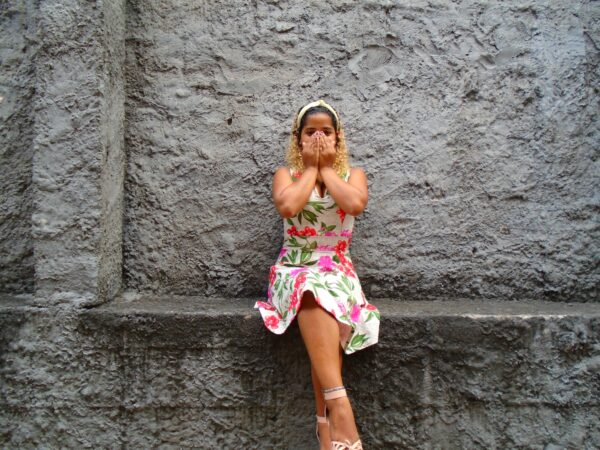
Health, care and violence seen through the eyes of displaced Venezuelan women in Brazil
The first section of the photobook focuses on the challenges of caregiving and self-care as experienced by displaced women and adolescent girls, and identified as one major challenge of protection. This was particularly striking because challenges of care and self-care are not ordinarily discussed or involved in debates concerning medical (and even social and political) conceptions of SRH. Yet they were at the centre of displaced women’s narratives of SRH and rights.
The desire to move forward for their children and families, or simply for the opportunity to live a new and dignified life, motivated women to overcome many of the everyday challenges they face. At the same time, a lack of emotional and financial support, coupled with precarious conditions of displacement such as irregular legal status and language barriers, presented several challenges that are damaging to women’s physical and emotional wellbeing, as highlighted in their visual and oral accounts.
For example, Yoselin, one of the Venezuelan migrants who were co-researchers in photovoice activities, commented about Royra’s photo: “ ...She was willing to do anything, to risk everything to improve their wellbeing because really all migrants, Venezuelan migrants in our case, expose ourselves to everything. We come with our children; we sleep on the street; we have to beg.” (Yoselin, 17 July 2021, Manaus, Brazil). And she continued, ‘we’re mothers; we stop being ourselves to be there for our children’.
Poverty and overburden are major issues, often leading women to reprioritize the basic needs of their children or family (food, health, and shelter in particular) before their own. Many migrant women put themselves last on the list of priorities for eating and receiving medical attention or other wellbeing support, despite the exhaustion and risks they have to deal in their everyday and throughout their migratory experiences. Women face several difficulties and traumas before migrating, during transit, and after arriving at their place of abode, with limited support to process what they go through, and heal. Many single mothers, for example, lack support and care programmes during migration. The support networks that normally exist in their countries of origin are lost due to displacement.
It’s a tough story ... She had three mouths to feed but since she didn’t know Portuguese perfectly, she couldn’t do very much. But she had to pay rent and to feed her children so, on several occasions, she had to sell her body. It’s bad when your child gets up in the morning saying, “Mummy, I’m hungry.” How do you tell them, “No, there’s nothing”? I mean, you can bear the hunger, but they can’t.’ (Laura Paussini, 02 October 2021, Manaus, Brazil)
Cultural insensitivity in policy response to migrant women’s needs, alongside poverty and marginalization, are common challenges migrant women face, particularly Indigenous women, when it comes to caregiving and self-care.
“The rice is served raw there in the shelter, the meat is hard and the beans are hard, so my child didn’t eat anything. … I’ll go to the street and I’ll beg”. I began to go out to the street to ask for money to be able to eat – to be able to buy food that I could cook myself with my own hands to support my family. But out of the three weeks I was in the shelter, I only spent three days in the street. I stopped going because the sun gave me a headache, I felt bad.” (Alicia, 15 August 2021, Manaus, Brazil)
In the case of Indigenous migrants, it is not only the precarious nature of their socioeconomic situation that pushes them to sell or beg in the streets. Lack of access to culturally appropriate food in shelters push women to go to the streets to ask for money in order to afford their own choice of nourishment — which, as they narrate, are directly linked to their sense of wellbeing (and that of those they care fore, as Alicia demonstrates). They expressed several barriers accessing and cooking traditional food, which, according to them, affects their health. According to the Warao cosmovision, food is a central aspect of health that not only supports a woman’s individual health – including her sexual and reproductive health.
The many challenges that migrant women deal with are compounded because they receive little support, are left on the margins, and are therefore not heard.. Women and girls in situations of displacement need visibility, voice, and care in order to improve their experiences of motherhood and care during migration — which have, as portrayed by photovoice’s co-researchers, direct impact on their health. Through their accounts, it is imperative to acknowledge challenges of care and self-care as central to achieving good health amongst migrant groups of women, and address this in policy accordingly.
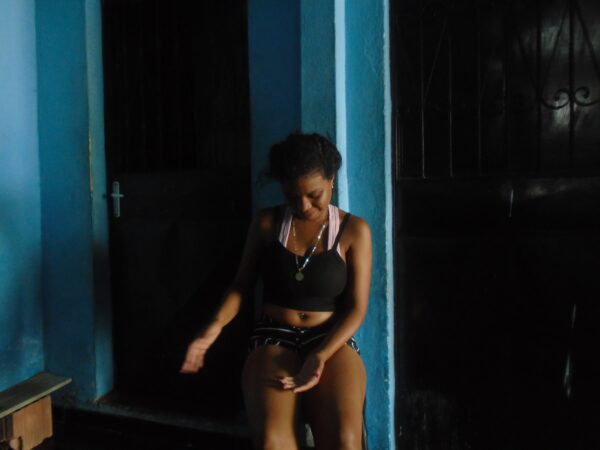
Gendered forms of violence
Migration also exposes women and girls to violence. Female forced migrants are particularly exposed to risks of exploitation, sexual violence, and risky sexual behaviour for survival. For a migrant woman or girl, the possibility and manifestation of gender-based violence are impacted by the length of her journey, her means of travel, her legal status, the policies which grant or deny access to migrant-friendly health and social services, and the working and living conditions to which she is subject.
While the continuum of poverty and gendered risks, harms and insecurities in displacement for forced female migrants is widely known and studied, the displaced women who were co-researchers in photovoice activities identified not just the high incidences of violence, but also its deeply negative and long-lasting impact of forms of violence on the health (physical and mental) and wellbeing of women and their children. For Eolannis, for example, her photo recalls,
‘Well, my biggest challenge was when I lived in Pacaraima. My mum had a husband and it was going well. But when she decided to separate from him, he threatened her. He told her that he was going to kill her and things like that. She left him and that’s why at that time I had to return to Venezuela. My brother was in Venezuela. We took the opportunity to do two things at the same time: run away from him and collect my brother. It was only when we found out that my mum’s ex had disappeared or had gone further into Brazil that we were able to return here. It is because of that that we were able to get back to this shelter to start our lives again.’.’ (Eolannis, 16 October 2021, Manaus, Brazil
Although shelters appease some immediate needs regarding risks of gendered violence, women recalled how lack of privacy, in communal tents and bathrooms, where hundreds and hundreds of migrants sleep together and share a shelter, have left them feeling particularly unsafe. Such sheltering structures not only leave them more vulnerable to different types of exploitation, including sexual violence or harassment, but it also directly impacts their mental, sexual and reproductive health and rights. This also demonstrates that discussions concerning gendered violence and SRHR in displacement go far beyond (although including) physical forms of violence; they occur in the subtleties of the everyday and determine a migrant woman’s feeling of safety in her surroundings, which can shape her decisions to either stay or to go, in a protracted search of protection through displacement.
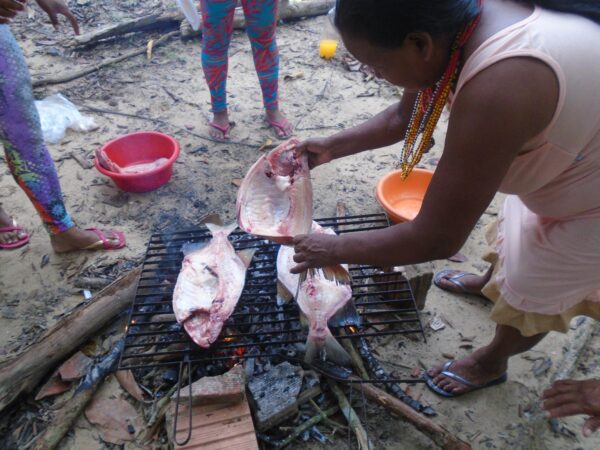
Healthcare
Many women who enter the country through irregular means become undocumented, invisible and have difficulties in accessing protection systems, papers information, shelters and the universal health care system. If migrant women and girls become invisible, they fall into the cracks of a system that privileges those who enter through the official ‘big door’, increasing dependency on informal labour, exploitation and abusive relationships.
Despite this, participating displaced women and girls overwhelmingly shared a feeling that healthcare provision had improved in Brazil in comparison to their poor situation in Venezuela. However, their narratives unfolded a more complex healthcare scenario for migrant women. For instance, while acknowledging their better access to contraception, medication, and some treatments in Brazil in comparison to their home country, participants reported overt discrimination and poor treatment from health service providers in some cases, which they understood to be because they were Venezuelan. There were also examples of being disempowered to choose the right contraceptive solution, or indeed being prohibited from choosing at all, with cases of temporary sterilisation unbeknownst to the victim.
Cultural considerations matter for health too.
Florencia, a Warao participant, for instance, related how government-provided food was directly linked to her SRH-wellbeing by stating:
We’re just eating Marmita [premade food provided by the State in shelters]. Marmita, marmita, marmita… I have a little child. And my breasts? I don’t have breasts, they’re dry now from eating nothing but dry marmita. And milk? I don’t make that either. The child is going to die. And where am I going to get money to buy milk? Is anyone going to help me? No” (21st August 2021, Manaus, Brazil)
While another participant seconded,
When milk dries, it hardens. It hurts and causes a fever. …If we eat dry food it gives us the “mother’s pain”, as we say in Venezuela. (15th August 2021, Manaus, Brazil)
Good health is scientifically related to a good nutritional state. However, culture does not play a strong role in this definition of what entails good nutrition in a more standard, ‘scientific’ definition of nutrition. As such, even if the government-provided food is ‘scientifically’ nutritional, these women directly correlate their lack of wellbeing and bad SRH to the food they are provided. To them, having a good SRH and wellbeing is eating food that they believe is appropriate, that fits into how they define health based on their cosmovision.
All of this demonstrates the need to centre displaced women’s voices in policymaking. This matters because what policymakers may ordinarily conceive of as a priority, or correct, may not be the case for those at the receiving end of those policies. Moreover, such narratives enable a more complex approach to healthcare provision for migrants, even in apparently positive contexts, as was the case in Brazil, leaving room for improvements in the everyday provision of care. By centring on displaced women and girls’ voices, photovoice allows for both an evidence-informed and migrant-centred policymaking, which have a greater chance to improve displaced women’s lives, health and wellbeing.
Together, the images and testimonies in this book portray a holistic picture of how challenges to the enjoyment of protection and rights are an integral part of migrant women and adolescent girls’ everyday experiences. They also offer testimony of why comprehensive, gender and age responsive, and rights-based policies are needed to ensure all migrants in general - and women and adolescent girls in particular - live healthy, empowered and dignified lives. Understanding these challenges and risks requires accessing and actively responding to the situated knowledge of those who have experienced them. The book closes with recommendations for policy and practice to provide conditions that protect displaced women and girls and that guarantee dignified and fulfilled lives – not just survival - in full alignment with the human rights of all.
Barot, S. (2017) ‘In a State of Crisis: Meeting the Sexual and Reproductive Health Needs of
Women in Humanitarian Situations’, Guttmacher Policy Review 20: 24–30.
CARE International (2020) ‘An Unequal Emergency: CARE Rapid Gender Analysis of the
Refugee and Migrant Crisis in Colombia, Ecuador, Peru and Venezuela’ [report] <www.care.
org.ec/wp-content/uploads/2020/08/ENG_LAC_Regional_VZ_RGA_FINAL_compressed.
pdf>.
Bennett, W L, and A Segerberg (2012) ‘The logic of connective action’, Information, Communication & Society, 15:5, 739–68
Grantham, Kate; Eissler, Sarah. (2022) Resilient Communities Need Gender Data. Policy Brief. Data 2X. Available at: <https://data2x.org/resource-center/resilient-communities-need-gender-data-for-gender-equality/>. Accessed on June 15th 2023.
Grugel, Jean, Matt Barlow, Tallulah Lines, Maria Eugenia Giraudo (2022) The Gendered Face of COVID-19 in the Global South. Bristol: Bristol University Press
Harman, Sophie (2019) Seeing Politics: Film, Visual Method, and International Relations. McGill-Queen's University Press.
Menjívar, C. and Walsh, S. D. (2017) ‘The Architecture of Feminicide: The State, Inequalities,
and Everyday Gender Violence in Honduras’, Latin American Research Review 52:
221-240 <https://doi.org/10.25222/larr.73>.
La Plataforma de Coordinación Interagencial para Refugiados y Migrantes (R4V) (2022)
‘RV4 Latin America and the Caribbean, Venezuelan Refugees and Migrants in the Region’ [Report] <https://r4v.info/en/document/r4v-latin-america-and-caribbeanvenezuelan-
refugees-and-migrants-region-february-2022> [accessed 17 March 2022].
Rose, Gillian. (2012). Visual Methodologies: An Introduction to Researching with Visual Materials. London: Sage.
Quinless, Jacqueline M. (2022) Decolonizing Data: Unsettling conversations about social research methods. Toronto: University of Toronto Press.
Valdez, E. S., Valdez, L.A. and Sabo, S. (2015) ‘Structural Vulnerability Among Migrating
Women and Children Fleeing Central America and Mexico: The Public Health Impact of
“Humanitarian Parole”’, Frontiers in Public Health 3: 163-163 <https://doi.org/10.3389/
fpubh.2015.00163>.
Vanyoro, K.P., Hadj-Abdou L. and Dempster, H. (2019) ‘Migration Studies: From Dehumanising to Decolonising’, London School of Economics [blog] <https://blogs.lse.ac.uk/
highereducation/2019/07/19/migration-studies-from-dehumanising-to-decolonising/> [accessed 11 February 2022].

Pia Riggirozzi | ARGENTINA |
Co-director of the Global Health and Policy Centre (GHaP) at the University of Southampton. Principal Investigator in the ESRC project Redressing Gendered Health Inequalities of Displaced Women and Girls in contexts of Protracted Crisis in Central and South America (ReGHID).

Natalia Cintra | BRAZIL |
Natalia Cintra is a Research Fellow based at the Department of International Relations and Politics at the University of Southampton. She works in the ESRC-funded project Redressing Gendered Health Inequalities of Displaced Women and Girls in situations of Protracted Displacement in Central and South America, ReGHID, wherein she is responsible for qualitative research methods and analysis.

Tallulah Lines | MEXICO |
Visual artist, activist and research associate at the Center for Applied Human Rights at the University of York.
